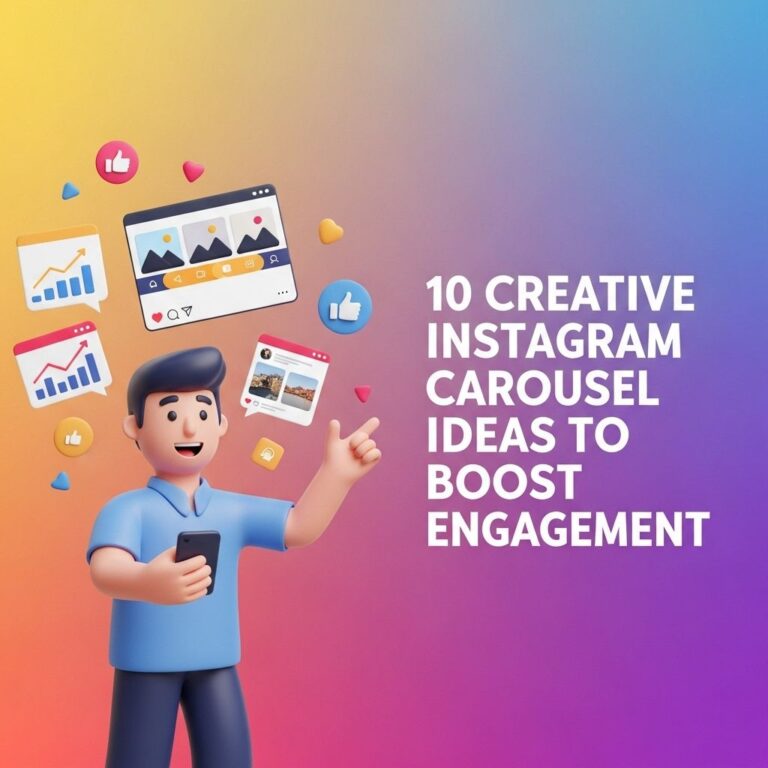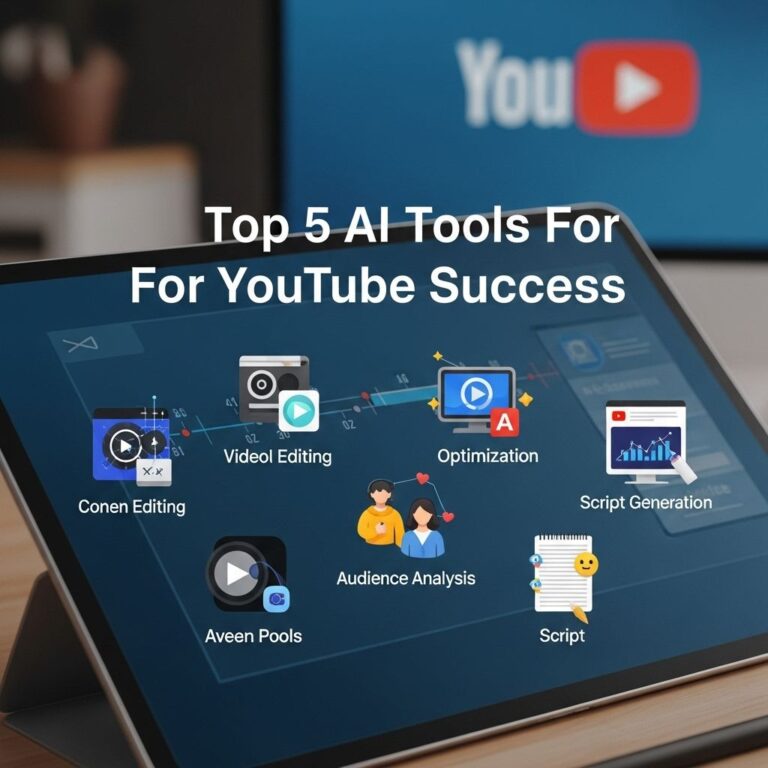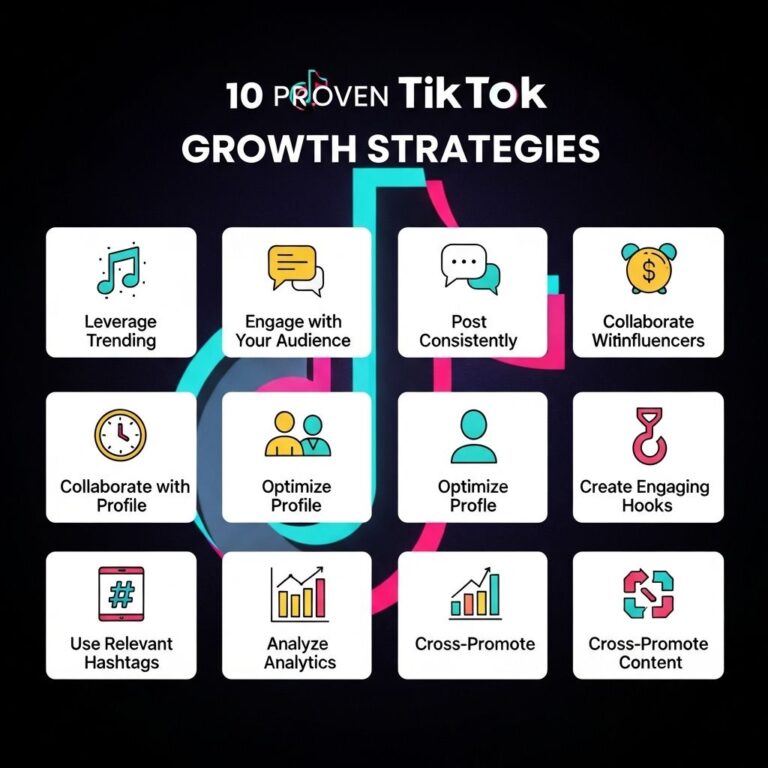In today’s fast-paced digital landscape, maintaining a robust social media presence is crucial for brands and individuals alike. With the vast array of platforms available, keeping up with content scheduling can quickly become overwhelming. Fortunately, automation tools offer a powerful solution to streamline the process, allowing you to focus on creating engaging content rather than manually posting at all hours.
Table of Contents
Understanding Social Media Automation
Social media automation refers to the use of software tools to schedule, publish, and manage social media posts without requiring constant manual intervention. This technology allows users to:
- Schedule posts in advance
- Analyze engagement metrics
- Manage multiple accounts from a single dashboard
- Automate responses and interactions
Benefits of Automating Social Media Posting
Utilizing automation can provide numerous advantages, including:
- Time Efficiency: Save hours by planning a week or month of content in one sitting.
- Consistency: Maintain a steady posting schedule, helping to engage followers regularly.
- Improved Analytics: Gather data on post-performance to refine future content strategies.
- Multi-Platform Management: Easily post across various platforms like Facebook, Twitter, Instagram, and LinkedIn.
Choosing the Right Automation Tool
Several social media automation tools are available, each with unique features tailored to different needs. Here’s a breakdown of some popular options:
| Tool | Key Features | Best For |
|---|---|---|
| Buffer | Simple scheduling, analytics, and team collaboration | Small businesses and individuals |
| Hootsuite | Comprehensive management, tracking, and reporting | Agencies and larger brands |
| Sprout Social | Advanced analytics and customer engagement tools | Businesses focusing on customer interaction |
| Later | Visual content calendar, Instagram scheduling | Visual-focused brands and influencers |
Key Features to Consider
When selecting a social media automation tool, keep the following features in mind:
- User Interface: A clean, intuitive layout can save you time.
- Analytics: Look for robust reporting capabilities to track performance.
- Integrations: Ensure it connects with the platforms you already use.
- Customer Support: Reliable support options can be invaluable.
How to Automate Your Social Media Posts
Step 1: Define Your Goals
Before diving into automation, it’s essential to establish clear goals for your social media presence:
- Increase engagement rates
- Grow your follower base
- Drive traffic to your website
- Enhance brand awareness
Step 2: Create Quality Content
Quality content is the backbone of any successful social media strategy. Consider the following when creating your posts:
- Know Your Audience: Tailor content to the interests and preferences of your target demographic.
- Use Visuals: Incorporate high-quality images or videos to capture attention.
- Be Authentic: Maintain a consistent voice that aligns with your brand’s identity.
Step 3: Plan Your Content Calendar
A well-structured content calendar can significantly enhance your automation efforts. Here’s a simple way to organize it:
- Choose a scheduling frequency (daily, weekly, etc.).
- Outline key topics or themes for each post.
- Include important dates, holidays, or events related to your industry.
Step 4: Schedule Your Posts
Utilize your chosen automation tool to schedule posts according to your content calendar. Most tools offer features such as:
- Drag-and-drop post scheduling
- Custom time settings for different time zones
- Post previews before publishing
Step 5: Monitor and Adjust
Automation doesn’t mean setting it and forgetting it. Continuously monitor your posts’ performance using analytics provided by your automation tool. Adjust your strategy based on:
- Engagement metrics (likes, shares, comments)
- Follower growth rates
- Traffic to your website or blog
Best Practices for Effective Automation
Stay Engaged
Even with automation, it’s important to engage with your audience. Respond to comments and messages promptly to foster community interaction.
Mix Up Content Types
To keep your audience engaged, vary the types of content you share:
- Promotional Posts: Highlight products or services.
- Educational Content: Share tips, tutorials, or industry news.
- Interactive Posts: Use polls or questions to encourage interaction.
Analyze and Optimize Regularly
Make it a habit to review your social media analytics on a monthly basis. This will help you identify patterns and adjust your content strategy effectively.
Conclusion
Automating social media posting can significantly enhance your efficiency, allowing you to focus more on content creation and audience engagement. By selecting the right tools, planning effectively, and monitoring performance, you can achieve a vibrant and impactful social media presence that resonates with your audience. Embrace automation today to boost your social media strategy into the next level!
FAQ
What is social media automation?
Social media automation refers to the use of tools and software to schedule and manage posts on social media platforms without manual intervention.
Why should I automate my social media posting?
Automating your social media posting saves time, ensures consistent posting, and allows you to focus on engaging with your audience rather than managing posts manually.
What tools can I use to automate social media posting?
Popular tools for automating social media posting include Hootsuite, Buffer, Sprout Social, and Later, which allow you to schedule posts across multiple platforms.
How can I create a content calendar for automated posting?
To create a content calendar, plan your posts in advance, including dates, times, and content themes, ensuring a balanced mix of promotional and engaging content.
Can I analyze the performance of my automated social media posts?
Yes, most social media automation tools provide analytics features that allow you to track engagement, reach, and effectiveness of your posts.
Is there a risk of losing engagement by automating social media?
While automation can save time, it’s important to balance it with real-time engagement to maintain a personal connection with your audience.









